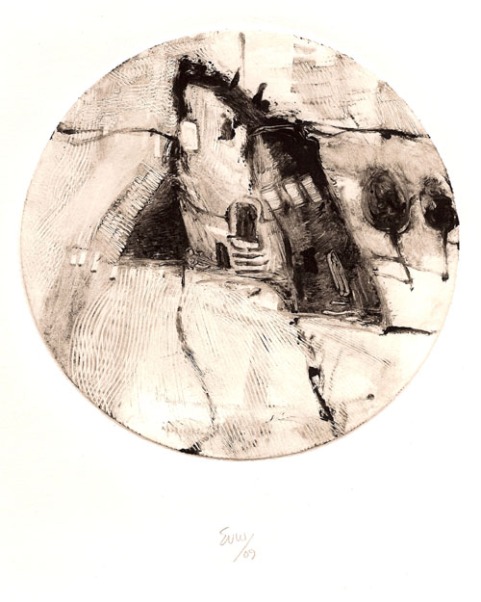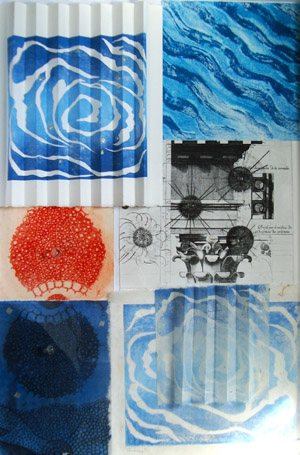 |
| click HERE to be transferred there now |
Saturday, April 1, 2017
Friday, January 27, 2017
Member News-Colleen Kelly
Colleen M. Kelly's wonderful whimsical art installation will be celebrated on Sunday, January 29, 2 to 5 pm. Anyone attending will be able to put their dreams and wishes into a little bottle which will hang as part of the exhibition! It will happen rain or shine! Bring the whole family, bring a picnic, or just bring yourself. The installation is inside the landmark Streamline Moderne gas station, with a sweet little park wrapped around it. It is totally cool! Opening reception Sunday January 29, 2017 @ 2:00-5:00pm. It will be up through the end of April. 2017.
Colleen M. Kelly
www.ColleenMKelly.com
Colleen M. Kelly
www.ColleenMKelly.com
"Dream Portal: Once Upon a Time" Information:
Exhibition Opening: Sunday, January 29, 2017 , 2:00-5:00pm
It is illuminated at night.
Exhibition: Jan 29,2017-April 30, 2017
Daily Hours: 24/7
Location: Adam's Square Mini-Park Gas Station
Address: 1020 E. Palmer Ave. Glendale 91205
Phone: (805) 965-7247
Website: http://www.adamshill.org/
Labels:
2017,
art exhibit,
Colleen Kelly,
member news,
new location,
opening reception
Monday, November 28, 2016
Friday, November 25, 2016
Sunday, November 6, 2016
Monday, October 31, 2016
Monoprint vs Monotype
Printmaking 101: Monoprint vs Monotype
on Printmaking 101: Monoprint vs Monotype
When visiting the gallery you may notice that many WPG artists create monoprints and monotypes. Unlike some print techniques which go by various names (screenprints and serigraphs are the same thing), these two processes are different!
Both monoprints and monotypes involve the transfer of ink from a matrix (copper plate, litho stone, silkscreen, etc) to canvas, paper, or other surface. In monotypes, the plate is featureless. This means it contains nothing (such as etched or engraved lines) that will pass on any characteristics to the prints. In the absence of any permanent features on the plate, all imagery is reliant on the artist manipulating the ink, resulting in one distinctive print.
Monoprints are the outcome of matrices that have permanent features, and can be considered variations on a theme. The theme is the result of permanent features of the plate (such as a silkscreen template or etched lines). Variations on the theme are made when the plate is inked differently prior to each print. Possibilities for variance are infinite, and include monoprints of different color, ink density, or even size, but certain permanent features on the plate will always carry on from one print to another.
Friday, October 28, 2016
Intaglio
Intaglio (in-tal-ee-oh)
Intaglio is used to describe a specific family of printmaking that utilizes the incised line in a surface (usually a metal like copper or zinc) to retain ink which is then transferred to a special paper by way of extreme pressure. It is the direct opposite of relief printmaking. The method originates from antiquity, when metalsmiths would transfer designs engraved in armor to show examples of their work.
__________________________________________________________Original Etching
Intaglio printmaking has many different subcategories, at Antiquated Press, we primarily work within the "Etching" realm.
A relevant definition of an Original Etching comes from E.S. Lumsden's The Art of Etching "Our English word is derived from the Dutch etzen to eat; therefore, in order to make an etching at all one must employ an eating-away, or as it is technically called, abiting process….. It is the impression which is printed from a bitten plate on any suitable material such as paper, vellum, parchment or silk which is termed an "etching" not the etched metal itself. It follows that every impression or "proof" is equally an originaletching."
__________________________________________________________Identifying an Intaglio print
Many digital and other prints try and replicate key features of an intaglio print. But in these areas one can easily spot the difference: Plate mark - The process of printing a copper plate under extreme pressures creates a "plate mark", an embossed frame reflecting the edge of the plate on the paper. Many paper companies make sheets with fake plate marks, but they, comparatively, are far too precise and generally too shallow due to the need to pass through a printer. Plate Tone - In an intaglio print there is a printed tone on the unbitten fields created by the ink still left on the plate in the wiping process. To wipe the plate completely clean would eliminate the plate tone, taking away from the beauty of an intaglio print (unless this is the artists true intent). The plate tone is very difficult to reproduce outside of intaglio due to the fact that every single print has its own unique plate tone. Paper - In order to be processed by a machine or printer - the paper of contemporary prints need to have precise machine cut edges. This is not the case with hand pulled printing. A natural torn or mould made deckled edge is an indication that the print is a hand pulled etching. Additionally, the paper used in intaglio printmaking is dense and of high quality to endure the process and pressures of the press without tearing. Embossing - When the dampened paper is compressed against the plate in the printing process embossing occurs. The paper actually conforms to the incised lines. This not only transfers the ink from the plate to the paper but also embosses the paper with the form and depth of the incised lines. This is impossible to replicate through other means and is truly unique to an intaglio print.
__________________________________________________________
Subscribe to:
Posts (Atom)

















